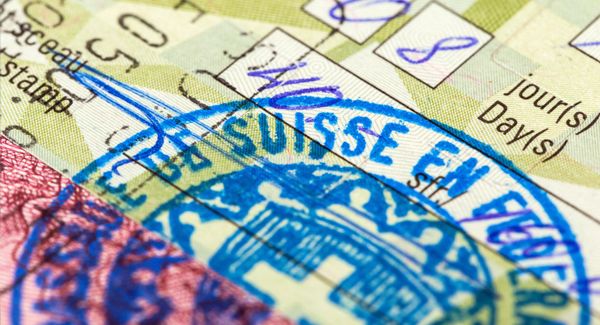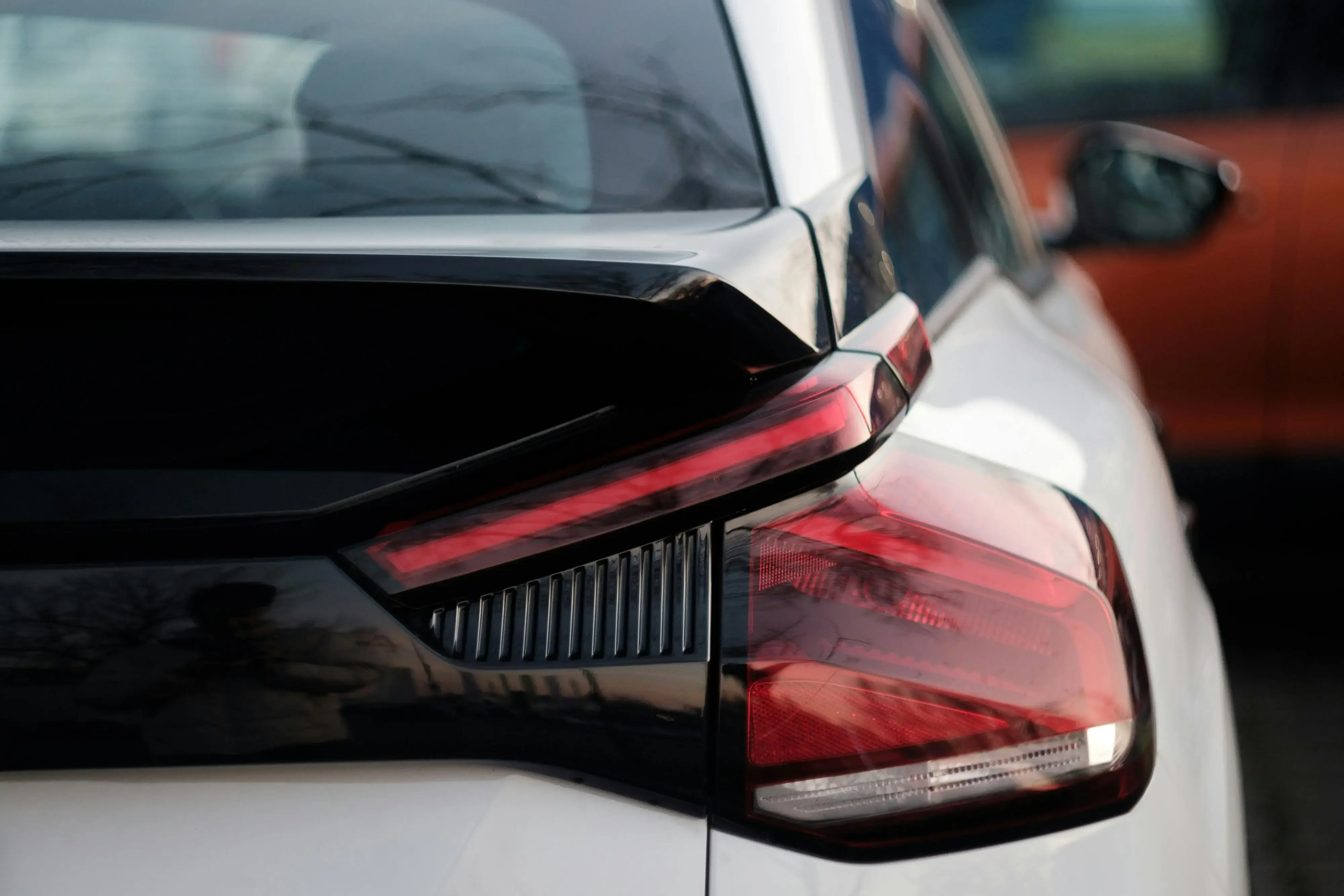US Customs and Shipping Cars Internationally
by Alex Naumov
July 2, 2014 at 3:48 PM
Taking the Terror Out of the US Customs Exam Process
Technology may be making the world smaller but getting around the globe is not necessarily more convenient. Ask anyone about their experience of being a passenger on a commercial airline before and after 9/11 and they will surely offer a litany of things that have changed. And flight is not the only mode of travel that has been affected. Cargo shippers delivering to the US may now be subject to intensified customs scrutiny that can create costly delays. As a result, when selecting a reliable international car shipping company, it may be advisable to understand the customs process and inquire about their compliance record with US Customs.
Read our blog on how to find a reliable car shipping company

US Customs and Exams - What to Know When Shipping Cars Internationally
What is a CET Exam? CET is the acronym for the US Contraband Enforcement Team that is authorized to do an in-depth cargo search of vessels known as an Intensive Exam. It is one of several including VACIS, the Vehicle and Cargo Inspection Systems Exam, and the Tailgate/Backdoor Exam.
Learn more about shipping cars internationally to different regions
How do the exams differ? The VACIS employs gamma-rays to obtain images of cargo and is used on all types of international cargo transport, (including international auto transport) whether by truck, plane, tanker or container. Container seals are not broken and typically are X-Rayed ship-side or within a port facility. The shipper is charged for the exam and must pay before being released even if Customs recommends sending it on for further investigation. Tailgate exams are a bit more intrusive as the back of a container is opened and the seal is removed although the cargo is not handled. Either the cargo is then released or recommended for further inspection after the shipper pays the fee.
CET – The Big Mac of International Shipping Customs Exams
What distinguishes the CET exam? This exam is both intrusive and expensive. It is usually recommended after a VACIS exam for which the shipper has already been charged. It requires the shipper to move its freight off-port to a Customs Examination Station, known as a CES, where it is physically unloaded and inspected. At this point, since the cargo has not been officially released, a shipper has to employ bonded carriers to move its load. After the cargo is transferred, it can take days for the exam to occur depending on the volume of shippers waiting in line. During this wait time it’s possible for a shipper to rack up fees, known as demurrage or detention, which can add to the total cost of the exam.
Choosing a Reliable International Car Shipping Company Can Count!
Who determines which container ships to examine? Since the Customs and Border Protection agency is authorized to examine any shipment entering the US, they have great latitude in making their selection. In theory, any international car shipping company could have its containers seized and opened. There are things a reliable shipper can do however to lessen the probabilities of this happening.
What can importers and exporters do to reduce the chances of a CET exam? While random searches are always possible, companies new to the international car shipping business are more likely to be searched until they acquire a clear, customs track record. Experienced shippers like WCS that have a clean sailing record and have never been fined for violations, are much less likely to be stopped. This enables them to pass on the savings to their customers.
Contact West Coast Shipping for an instant international car shipping quote.
Share this
You May Also Like
These Related Stories
How To Use Our Car Shipping Cost Calculator For International Shipping


How To Use Our Car Shipping Cost Calculator For International Shipping
October 16, 2025 at 1:19 PM
Car Shipping to New Zealand: Ship a Car to NZ, Import Cars


Car Shipping to New Zealand: Ship a Car to NZ, Import Cars
June 5, 2025 at 5:55 AM
Ship a Car to Egypt: International Car Shipping to Alexandria


Ship a Car to Egypt: International Car Shipping to Alexandria
June 3, 2025 at 7:45 AM
-093789-edited.png?width=220&height=79&name=wcs_final_logo_(1)-093789-edited.png)
